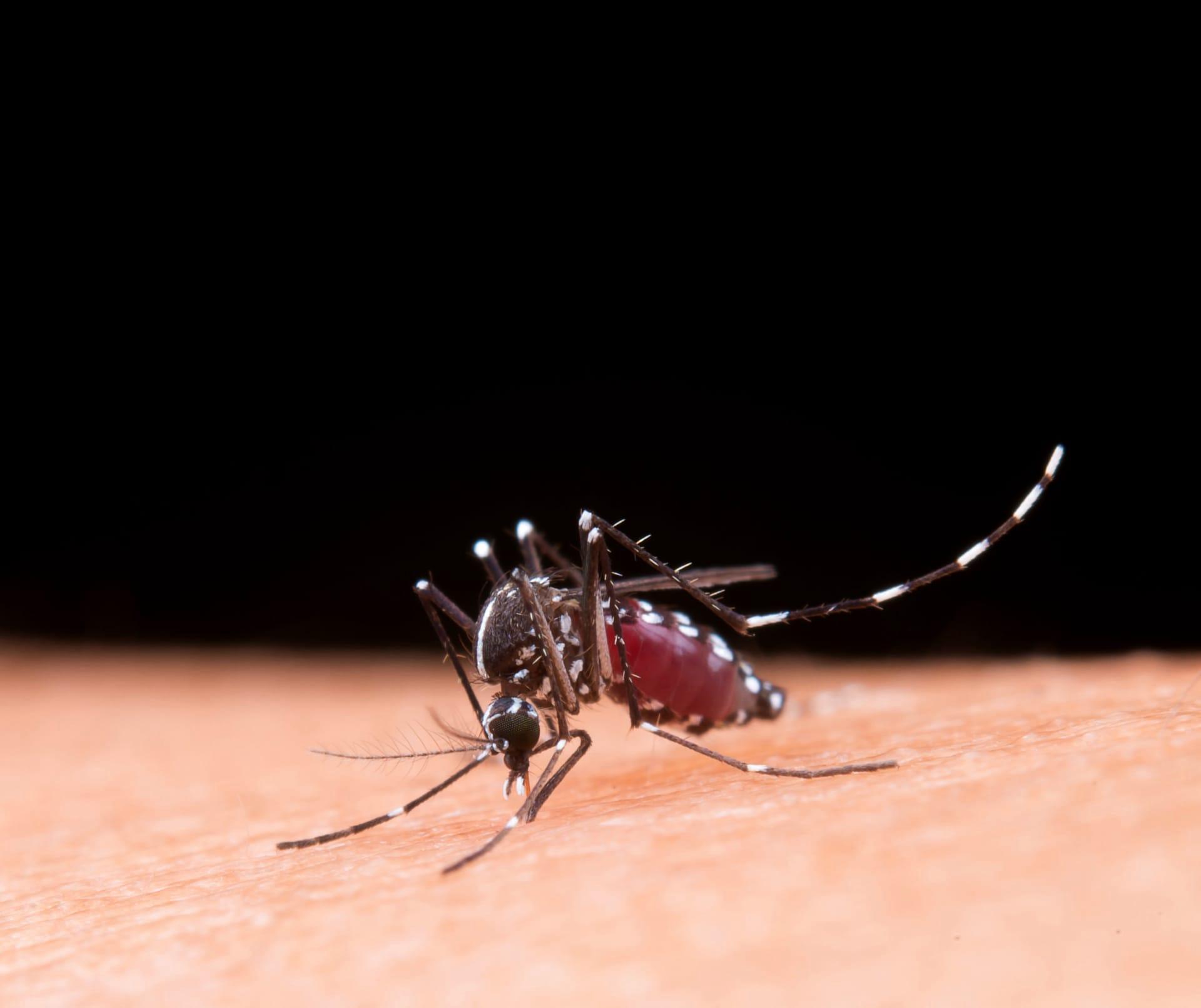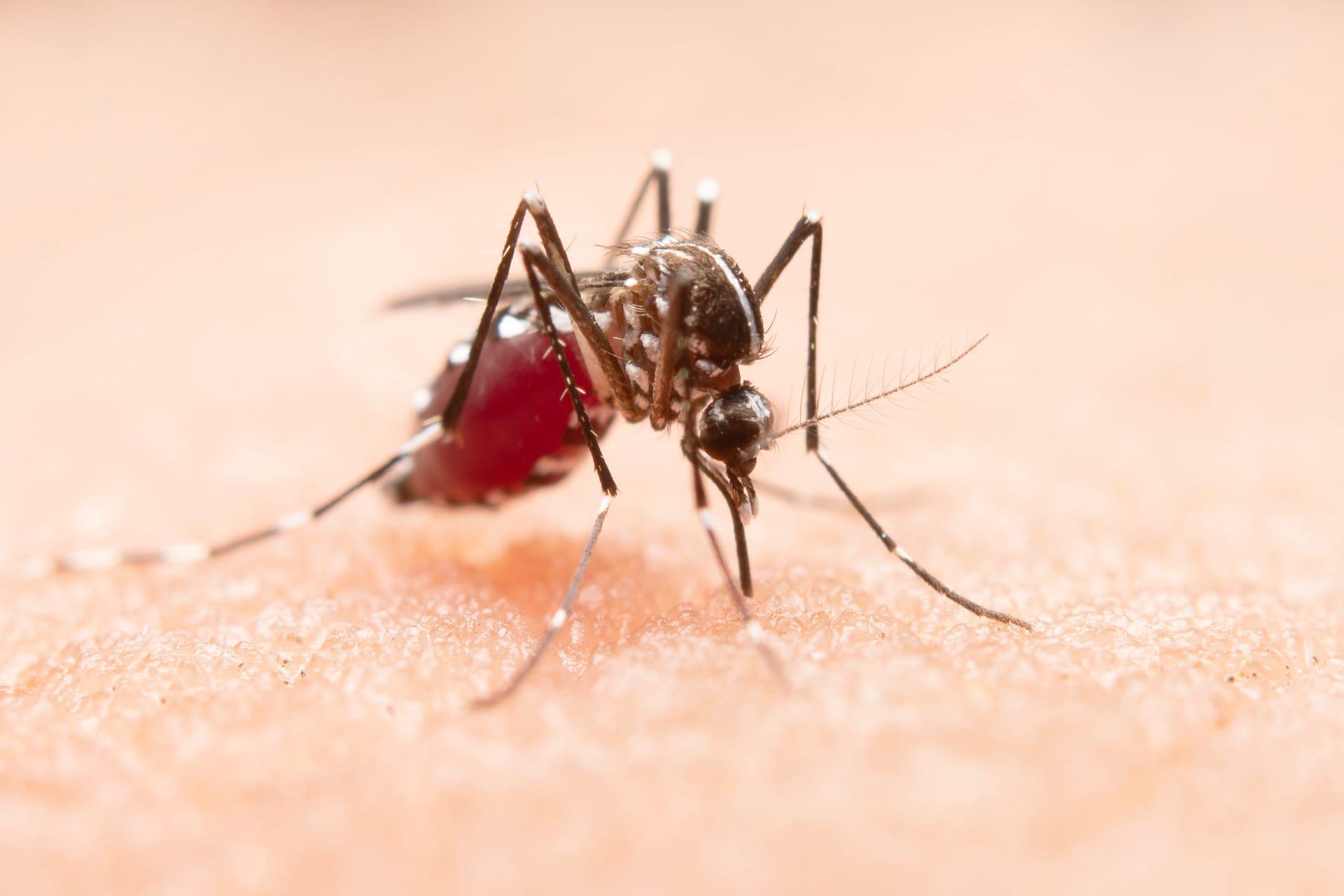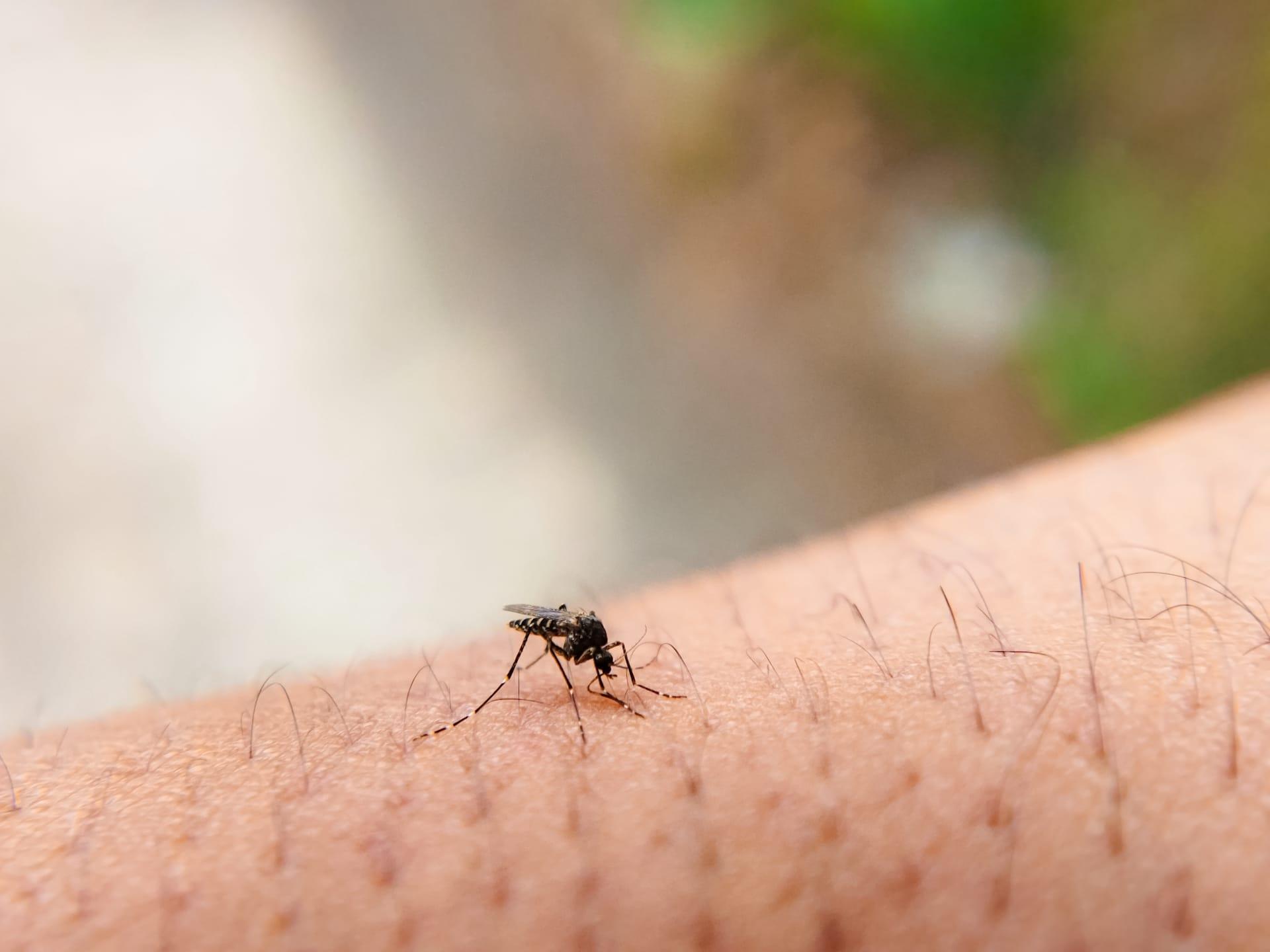1
Did you know that only female mosquitoes bite? That's right! Female mosquitoes need the protein found in blood to help their eggs develop. When a female mosquito bites, she injects saliva that contains anticoagulants into the bloodstream. This is what causes the itching and swelling. Males, on the other hand, are nectar feeders and do not bite.
Another fascinating fact is about the mosquito's lifespan. On average, mosquitoes live for about 2-3 weeks. However, this can vary widely. Females generally live longer than males, with some species of female mosquitoes living up to a month, while males typically live for about a week.

2
Did you know that mosquitoes are among the deadliest animals on Earth? Despite their tiny size, they are responsible for more human deaths each year than any other animal. This is because they transmit diseases like malaria, dengue fever, Zika virus, and West Nile virus. Malaria alone causes more than 400,000 deaths annually, primarily in sub-Saharan Africa.
Mosquitoes have a remarkable ability to detect carbon dioxide (CO2) from up to 75 feet away. Humans and animals exhale CO2, which acts like a dinner bell to mosquitoes. This is how they find their next meal. They are also attracted to body heat and certain body odors.

3
Mosquitoes are excellent at adapting to different environments. They can breed in as little as an inch of water, which is why it’s important to eliminate standing water around homes to reduce mosquito populations. They are found in every continent except Antarctica, thriving in hot and humid tropical regions as well as cooler climates.
The mosquito's wings beat between 300 and 600 times per second, which creates their distinctive buzzing sound. This sound can actually be used to determine the species of the mosquito, as different species have different wingbeat frequencies.

4
Mosquitoes have been on Earth for a very long time. Fossil records show that they have been around for at least 100 million years, meaning they coexisted with dinosaurs. Throughout this time, they have evolved and adapted to survive in various environments.
Interestingly, the size of a mosquito's wings can determine its flight endurance and speed. Larger winged mosquitoes can fly longer distances and are often more resistant to wind. This is crucial for their survival and ability to find food and breeding grounds.

5
Some species of mosquitoes exhibit a behavior known as 'skip oviposition'. This means that instead of laying all their eggs in one location, female mosquitoes spread their eggs across multiple water sources. This strategy increases the chances of survival for their offspring, as it reduces the risk of all eggs being destroyed by predators or changes in the environment.
The color black is particularly attractive to mosquitoes. They are more likely to bite individuals wearing dark clothing. This preference is thought to be because dark colors stand out more during dusk and dawn, which are prime feeding times for mosquitoes.